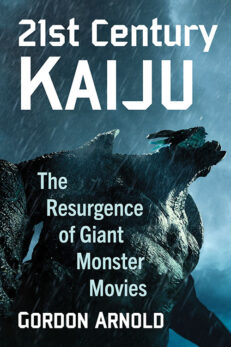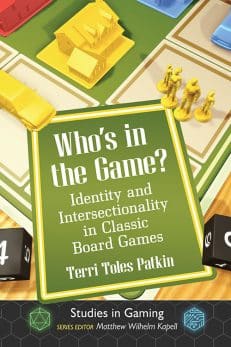Who’s in the Game?
Identity and Intersectionality in Classic Board Games
$39.95
In stock
About the Book
Some board games—like Candy Land, Chutes & Ladders, Clue, Guess Who, The Game of Life, Monopoly, Operation and Payday—have popularity spanning generations. But over time, updates to games have created significantly different messages about personal identity and evolving social values. Games offer representations of gender, sexuality, race, ethnicity, religion, age, ability and social class that reflect the status quo and respond to social change. Using popular mass-market games, this rhetorical assessment explores board design, game implements (tokens, markers, 3-D elements) and playing instructions. This book argues the existence of board games as markers of an ever-changing sociocultural framework, exploring the nature of play and how games embody and extend societal themes and values.
About the Author(s)
Bibliographic Details
Terri Toles Patkin
Series Editor Matthew Wilhelm Kapell
Format: softcover (6 x 9)
Pages: 281
Bibliographic Info: ca. 15 photos, index
Copyright Date: 2021
pISBN: 978-1-4766-7691-3
eISBN: 978-1-4766-4211-6
Imprint: McFarland
Series: Studies in Gaming
Table of Contents
Preface 1
Introduction 7
1. Welcome to Gameland: Games in American Culture 19
2. Games and Toys for Girls and Boys: Performing Gender in Board Games 37
3. Dirty Mind, Dirty Game: Sexuality and Romance 62
4. Face Games Displace Race Games: Ethnic and Racial Images 86
5. A Moral Fit to Improve the Mind: Religion, Morality and Social Justice 114
6. For Kids from 8 to 80: Age and Youth 132
7. Go to the Head of the Class: Ability, Physical and Intellectual 151
8. Imagine an Ordinarily Well-to-Do Household: Social Class 178
9. You Can Learn About Life: Intersectionality and Identity 197
Chapter Notes 225
Bibliography 252
Index 267





